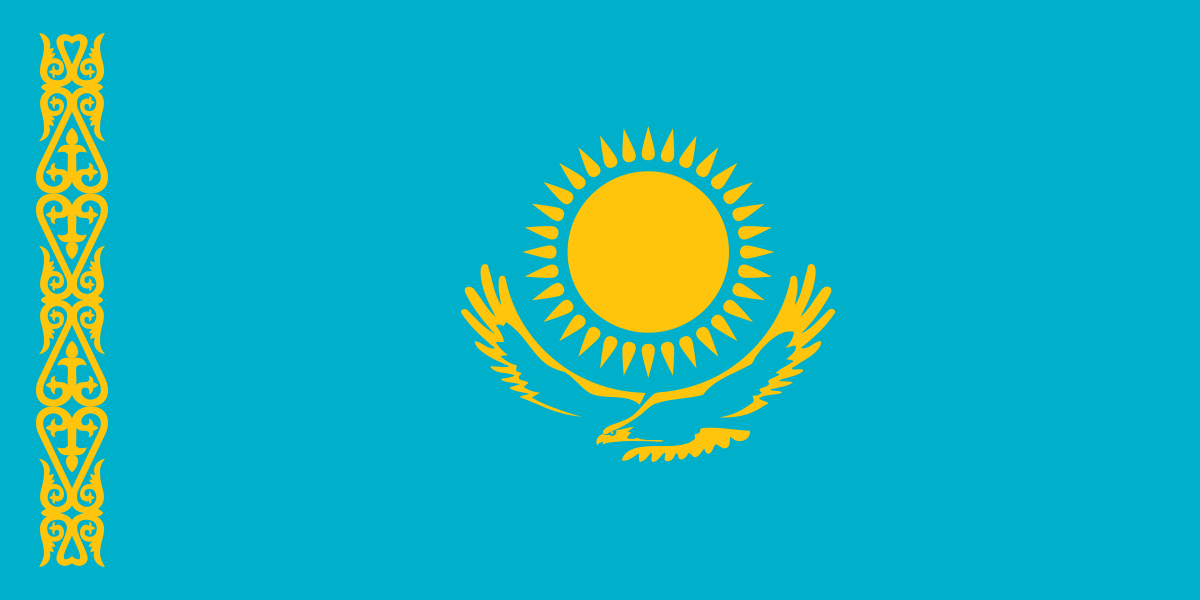Annotation:
State regulation of the level and quality of life of the population is one of the key functions of
any state aimed at creating conditions for stable economic growth, social justice and improving the
welfare of citizens. Quality of life includes not only material well-being, but also access to education,
health care, environmental cleanliness, justice and other public goods. This article considers the
essence of state regulation, its main mechanisms, goals and objectives. A system of indicators is
presented to assess the standard of living of the population.
The purpose of this article is to analyze the essence of state regulation of the level and quality
of life of the population, to study its main mechanisms, goals and objectives, as well as to assess their
effectiveness in the context of ensuring social welfare, economic stability and sustainable development
of society.
System analysis, which allows us to consider the state regulation of the level and quality of
life of the population as a complex process involving the interaction of various social, economic and
political factors; comparative method to analyze the experience of different countries in the field of
state regulation and its impact on the quality of life.
The results of the study show that state regulation of the level and quality of life of the
population has a significant impact on the socio-economic development of the country, improving the
welfare of citizens and reducing social inequality. Effective use of state regulation tools, such as tax
and social policy, measures to support health care, education and ecology, contributes to the
achievement of stability and sustainable development of society.
Year of release:
2024
Number of the journal:
3(95)
Heading: Economic sciences

 English
English Русский
Русский Қазақ
Қазақ